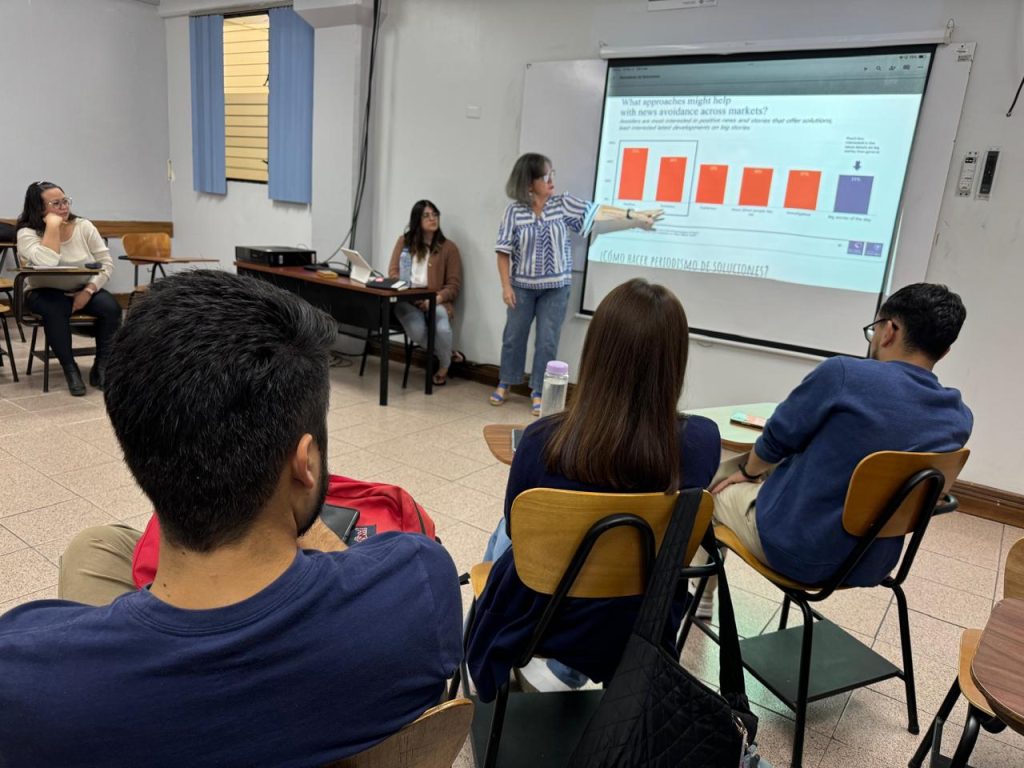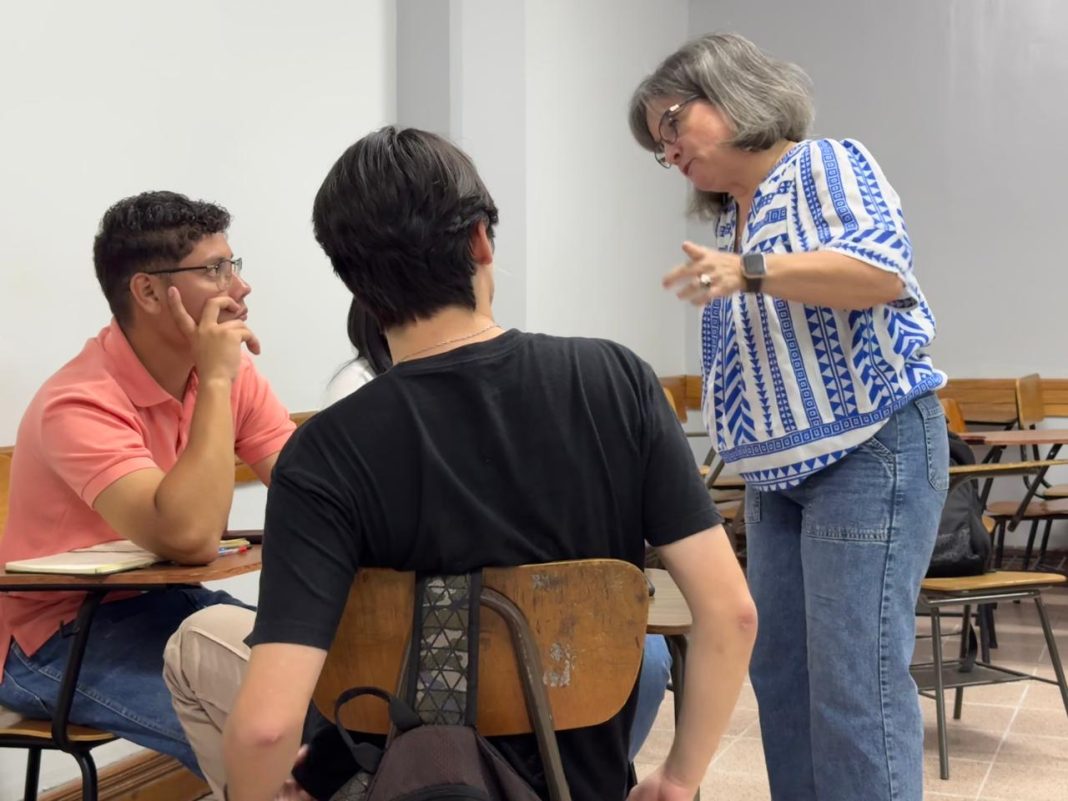Approximately four in ten (39%) of those interviewed for the Reuters Institute’s Digital News Report 2024 at the University of Oxford said they sometimes or often avoid the news. We all want our stories to be read, heard, or seen, but we must be aware that many people no longer want to keep up with the news at all because they are overwhelmed by negative information.
However, when these interviewees were asked what news they would be interested in, they expressed a high interest in positive stories. Stories that focus on solutions.
At the Punto y Aparte Collaborative Journalism Association, this showed us that we must go one step further. We must not only encourage and support students to investigate and create in-depth and quality reporting on social issues, but also to seek and present solutions to the problems they’re exploring.
The mission of Punto y Aparte, founded in 2016, is to support journalism students. Twice a year, we select a group of university students to experience the full process of reporting and publishing investigative journalism on a social issue, guided by experienced journalists as mentors. Their stories are published in various national and regional media with which Punto y Aparte has alliances.
Today, more than 110 students have published their stories. Several have even obtained awards from various private organizations or from the College of Journalists and Professionals in Communication Sciences (Colper).
Punto y Aparte was created in order to promote good journalism. We are aware that university students do not always have the time or support to delve deeper into every topic or specialty. Our mission is to enable them to work side by side with experienced journalists who can share insights they might not get in the classroom. In addition, this helps students learn about how to work in different types of newsrooms, and what type of demands they will face.
We also understand that few students know about solutions journalism—and if they have, they are unlikely to have taken a deep dive.
For all these reasons, at Punto y Aparte we decided this year to go for certification in solutions journalism training. I participated in the global call for the Second Cohort of Training of Trainers in Spanish, offered by El Colectivo 506 and the Solutions Journalism Network, and I was selected.
Last August, using what I learned as part of the cohort, I led a training on solutions journalism for a first group of Punto y Aparte students. The goal is to continue teaching solutions journalism to everyone who comes through our program.
In this way, we hope to help all of them understand the urgent need not only to investigate in depth to create quality reporting, but also to offer readers information about possible solutions to the problems we document—studying those solutions with rigor and verifying their impact. Reporting on solutions must also include the mistakes made, to help public and private institutions and citizens find the best solution to the problems they face.

We hope that a growing number of readers will find more than just negative information in the news and will, I hope, be able to believe in the press again.
Other positive experiences can arise from all this. Students who are committed to solutions journalism will begin to train their own mentors—journalists with many years of experience who may not of heard of solutions journalism or put it into practice.
These same students will also share their new knowledge with other university classmates and with their professors.
This way, we all win. Punto y Aparte received new knowledge and purposes; we passed it on to journalism students, their classmates, and their professors; and the ripple effect spread out to experienced journalists who work in the editorial offices of various media or public and private institutions.
The seed continues to be planted. The beneficiaries will be readers, governments, and the private sector, who will have examples of possible solutions implemented in various sectors or countries.






